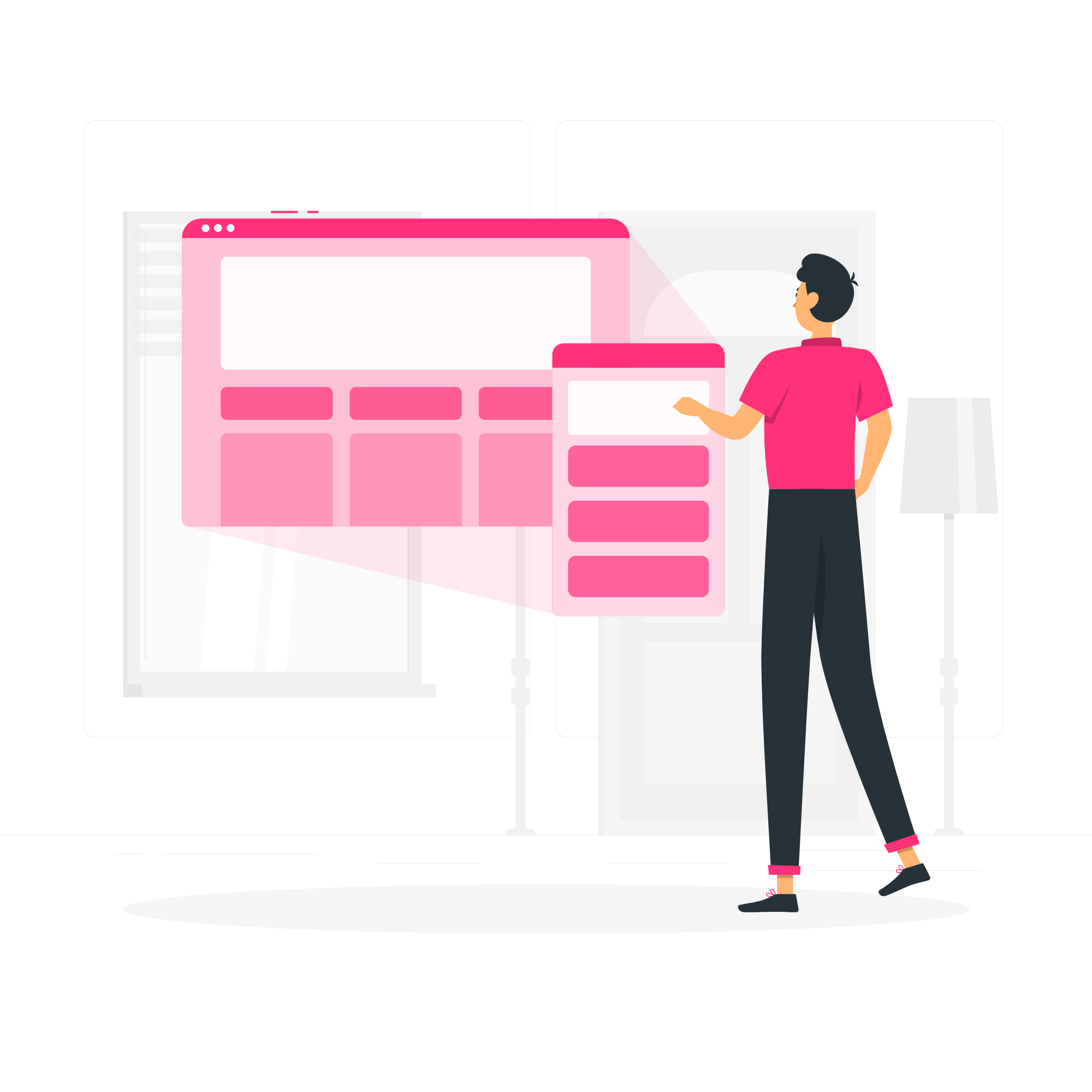Frequently asked questions
Have a question?
We value our website visitor's time and concerns. For that, we tried our best by adding a few of the most FAQs about custom website design to help them
-
What does "RESPONSIVE WEB DESIGN" mean? And what is responsive services?
In a nutshell, responsive web design (RWD) is a design and development approach that creates progressive adjustments to the appearance of a website. Depending on the screen dimension and orientation of the device being used to view it. RWD is one method to designing for the many types of devices available to customers, varying from small smartphones to huge desktop monitors.
On the other hand, a responsive website design service is the process of identifying, creating all of the components and elements of the website concerning different screen sizes and resolutions.
-
How does responsive web design differ from mobile-first web design?
While a mobile-first approach and responsive website design may sound interchangeable terms, they’re very different.
Mobile-first sites are mainly for smartphones and other hand-held devices. Developers built these sites to operate on small screens with quick load times and structured contact information focused on encouraging users to contact the business as quickly as possible. Since mobile-first targets specifically mobiles and small screen sizes, mobile sites won’t constantly look correct on desktop or laptop computers. After all, they designed for small screens, so when they’re expanded, there will be some differences between how the site looks on smartphones and how it looks on desktops.
-
What are the advantages of having a responsive website design?
Responsive web design directly affects SEO, conversion rates, user experience (UX), and other website parameters. In addition, it indirectly helps in the growth of income that arises from your website. Below are few points to consider:
- Increased Mobile Traffic: the statistic shows that roughly 65% of global internet traffic generated from mobile devices. Hence, you need to consider a responsive web design to help you if you want to succeed in your business.
- Better User Experience: we can measure it by calculating the time a user spends on a website to read its contents. No matter how good your content is, if the reader finds it hard to navigate or access, they will abandon the website resulting in higher bounce rates.
- Lower Bounce Rates: bounce rate indicates the percentage of visitors who navigate away from the website shortly after they open. If you have a responsive website, visitors will be more attracted to the website.
- Higher Conversion Rates
- Improved SEO
- Less Load Time of Websites
-
What is the process we follow for creating a responsive website design?
- Share your design or idea with us. Reach out to us and send all the design assets or your idea through our free quotation page.
- Analysis and interaction. After receiving the request throughout our free quotation page, we will reach you to review the functional requirements and design to prepare the execution of the project.
- Design and development. Shortly after confirming the functionality and related timing and budget, we start your responsive website design.
- QA and testing. We use several measurement methods to be confident that your website is accurate as agreed, error and bug-free.
- Delivery and feedback. The perfect responsive website project is now ready to deliver right in your hands. We will reach you to transfer and will wait to have your helpful feedback.












